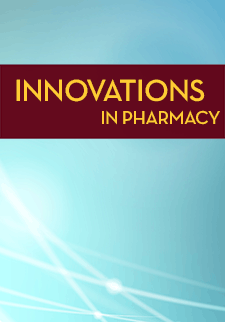Medication Adherence Improvements in Employees Participating in a Pharmacist-Run Risk Reduction Program
Mallory C. McKenzie
Thomas L. Lenz
Nicole D. Gillespie
Jessica J. Skradski
DOI: https://doi.org/10.24926/iip.v3i4.274
Keywords: medication adherence, pharmacist, employee health
Abstract
Objective: To evaluate the medication adherence of individuals participating in a pharmacist-run employee health Cardiovascular and Diabetes Risk Reduction Program.
Design: Retrospective analysis of medication adherence using pharmacy refill data.
Setting: A medium sized university located in the Midwest United States and the organization's outpatient pharmacy. Participants: 38 participants ≥ 18 years of age, employed and receiving their health insurance through the organization, and have a diagnosis of hypertension, hyperlipidemia, diabetes mellitus, or a combination thereof.
Intervention: Participation in the risk reduction program that emphasizes medication therapy management (MTM), lifestyle medicine and care coordination.
Main Outcome Measures: The Proportion of Days Covered (PDC) and the Medication Possession Ratio (MPR).
Results: PDC and MPR analysis showed a statistically significant improvement in medication adherence for 180 days and 360 days post enrollment versus the 180 days prior to enrollment (P<0.01). The PDC analysis demonstrated a statistically significant improvement in the number of medications that achieved a PDC ≥ 80% (high adherence) for the 180 days post enrollment versus the 180 days prior to enrollment (+30%, P<0.01). The MPR analysis showed a non-statistically significant improvement in the number of medications that achieved an MPR ≥ 80% (high adherence) pre enrollment versus post enrollment (+10%, P=0.086). The percentage of participants in the program that reached a PDC and MPR adherence rate ≥ 80% at 180 days post enrollment was 78.9% and 94.4%, respectively which exceeds that of a matched cohort that reached a PDC and MPR adherence rate ≥ 80% of 66.4% and 82.8%, respectively.
Conclusion: Pharmacists can improve medication adherence as measured by PDC and MPR when working with employees enrolled in a novel pharmacist-run employee health risk reduction program. Medication adherence was shown to be sustainable for at least one year and was shown to be better when compared to a matched cohort of similar age, condition and region.
Type: Original Research


